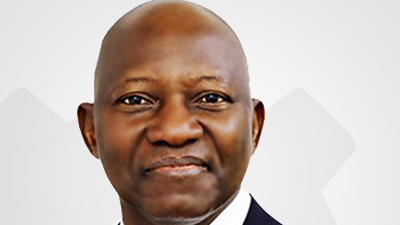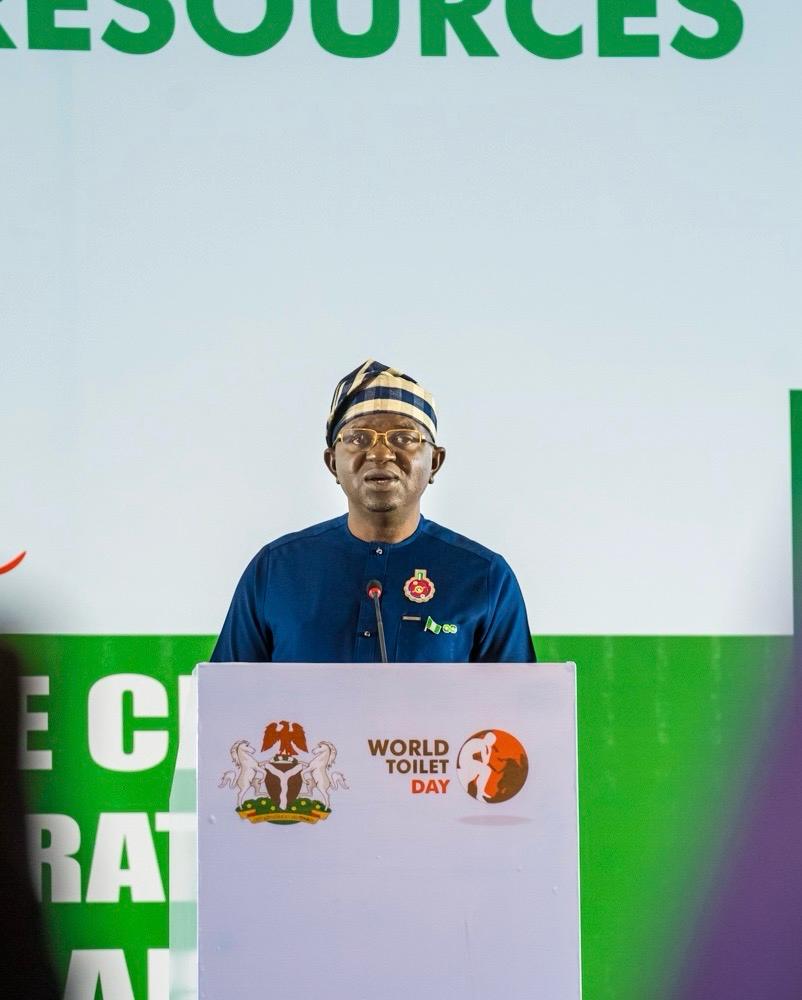By Babatunde Adegbite
In the heart of Africa’s most populous nation, Nigeria’s education system faces a defining question: can artificial intelligence (AI) be the equalizer we’ve long awaited?
With a population exceeding 200 million, Nigeria faces a critical challenge as over 40% of its citizens are under 15. The country’s future depends significantly on the quality of education provided today. However, access to quality education is inconsistent, particularly between urban areas and rural communities. Schools are overcrowded, and many teachers are underpaid and underqualified. Additionally, poor infrastructure and high dropout rates further exacerbate the situation. According to UNESCO data 2022, 20 million Nigerian children were out of school, making Nigeria the country with the highest number of out-of-school children worldwide.
The challenges are not just about enrolment but about the depth of learning. The World Bank’s Learning Poverty indicator reveals that 7 in 10 Nigerian children cannot read and understand a simple story by age 10. It’s not merely a gap—it’s a chasm. But could artificial intelligence bridge it?
Before looking at solutions, let’s understand the crisis. Nigeria’s student-to-teacher ratio in public primary schools averages one teacher to every 70 students, according to 2023 reports from UBEC. This is nearly triple the recommended global average of 1:25. In rural areas, the numbers are worse; some classes reach 100 pupils per teacher. Coupled with outdated curricula, inconsistent teacher training, and infrastructural decay, it’s no surprise that learning outcomes are low.
Beyond teacher shortages, most public schools lack electricity, internet access, or basic classroom furniture. A 2022 survey by BudgIT showed that in many northern states, over 60% of public schools had no functional toilets or power supply. How can learning thrive in such conditions?
Globally, AI-powered tools are reshaping education. Platforms like Khan Academy’s “Khanmigo,” Socratic by Google, and Century Tech use machine learning to offer personalized tutoring, adapt content to a student’s pace, and identify real-time learning gaps. Tools like Duolingo are using AI to teach language skills interactively. At the same time, apps like Mindspark in India have shown that AI can significantly improve math and reading outcomes among underprivileged students.
AI doesn’t tire. It doesn’t discriminate. It can scale to thousands of students at once and adapt to different learning levels. In Nigeria, where qualified teachers are scarce in rural areas, AI tutors could become virtual assistants, guiding students at their own pace—even in offline environments.
One shining example is Ulesson, a Nigerian edtech startup founded in 2019. It uses AI-driven video lessons and quizzes tailored for the WAEC and JAMB curricula. With over 2 million downloads and a growing reach across West Africa, it shows what’s possible when technology meets local relevance.
However, for AI to work here, localization is key. An AI model trained on British or American curriculum content cannot simply be imported into Nigerian classrooms. Our students need tools that understand their context—our syllabi, languages, and cultural realities.
Moreover, the infrastructure gap must be addressed. AI relies on data, devices, and power. Only about 35% of schools in Nigeria have access to electricity, and even fewer have internet. While solar-powered tablets and offline-compatible apps offer hope, government partnerships and private sector investment are vital to scale these innovations.
The other concern is cost and accessibility. AI should not widen the digital divide. If only children in Lagos or Abuja could access cutting-edge tools, we would reinforce inequality. Thus, equity must be at the heart of any AI-education strategy.
AI’s role isn’t limited to teaching. It can also automate grading, track attendance, and even detect early signs of learning disabilities. AI can be an assistant for overworked teachers—freeing up time to focus on mentorship and classroom management.
In administration, AI can help education ministries better allocate resources, identify failing schools early, and optimize teacher deployment. Imagine a dashboard that tracks real-time learning progress across all states and flags regions falling behind. That is the potential AI offers.
Data privacy, especially for children, must be taken seriously. Nigeria lacks strong data protection frameworks in education. If AI systems collect student data—performance, behavior, or personal details—who owns that data? How is it stored? These are critical questions.
Finally, AI cannot replace a teacher’s passion, a mentor’s guidance, or the role of a parent. Still, it can close many gaps in Nigeria’s education system, access to personalized learning, efficiency in administration, and support for overstretched teachers. It can help level the playing field for rural children. However, only if deployed thoughtfully, with investment in infrastructure, localized content, data privacy safeguards, and human oversight.
As Nigeria looks to achieve its 2030 education goals, we must remember that technology is only as powerful as the system it’s embedded in. AI alone will not fix our classrooms, but in the hands of visionary educators, policymakers, and innovators, it can be the catalyst for a more innovative, fairer education system.






